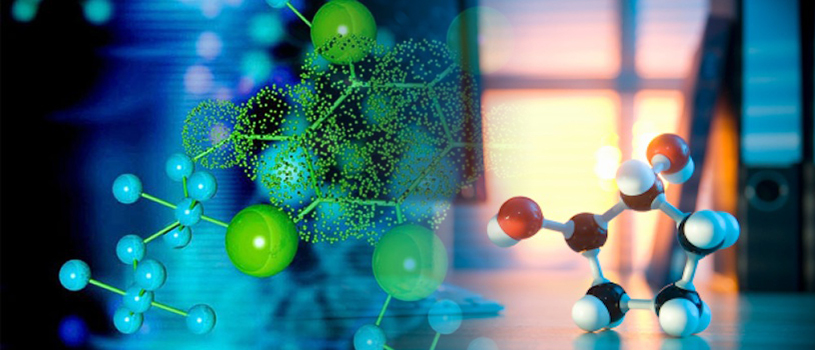
Plastic-munching bacteria capable of breaking down plastic waste in a matter of hours have attracted much attention lately as a microscopic solution to the world's growing plastic problem.

A company seeks to replace the non-renewable and pollutive process of creating ethylene with its new technology that uses carbon dioxide instead.

US researchers have made a key advance in the green chemistry pursuit of converting the greenhouse gas carbon dioxide into reusable forms of carbon via electrochemical reduction.

If scientists can figure out how to convert atmospheric carbon dioxide into fuel - and do it at an industrial scale - it would, quite literally, change the world.

Researchers have long tried to find simple ways to convert this greenhouse gas into fuels and other useful chemicals. Now, engineers has developed a technique powered by renewable energies such as solar or wind.

Scientists have woven the first 3-D covalent organic frameworks (COFs) from helical organic threads. The woven COFs display significant advantages in structural flexibility, resiliency and reversibility over previous COFs.